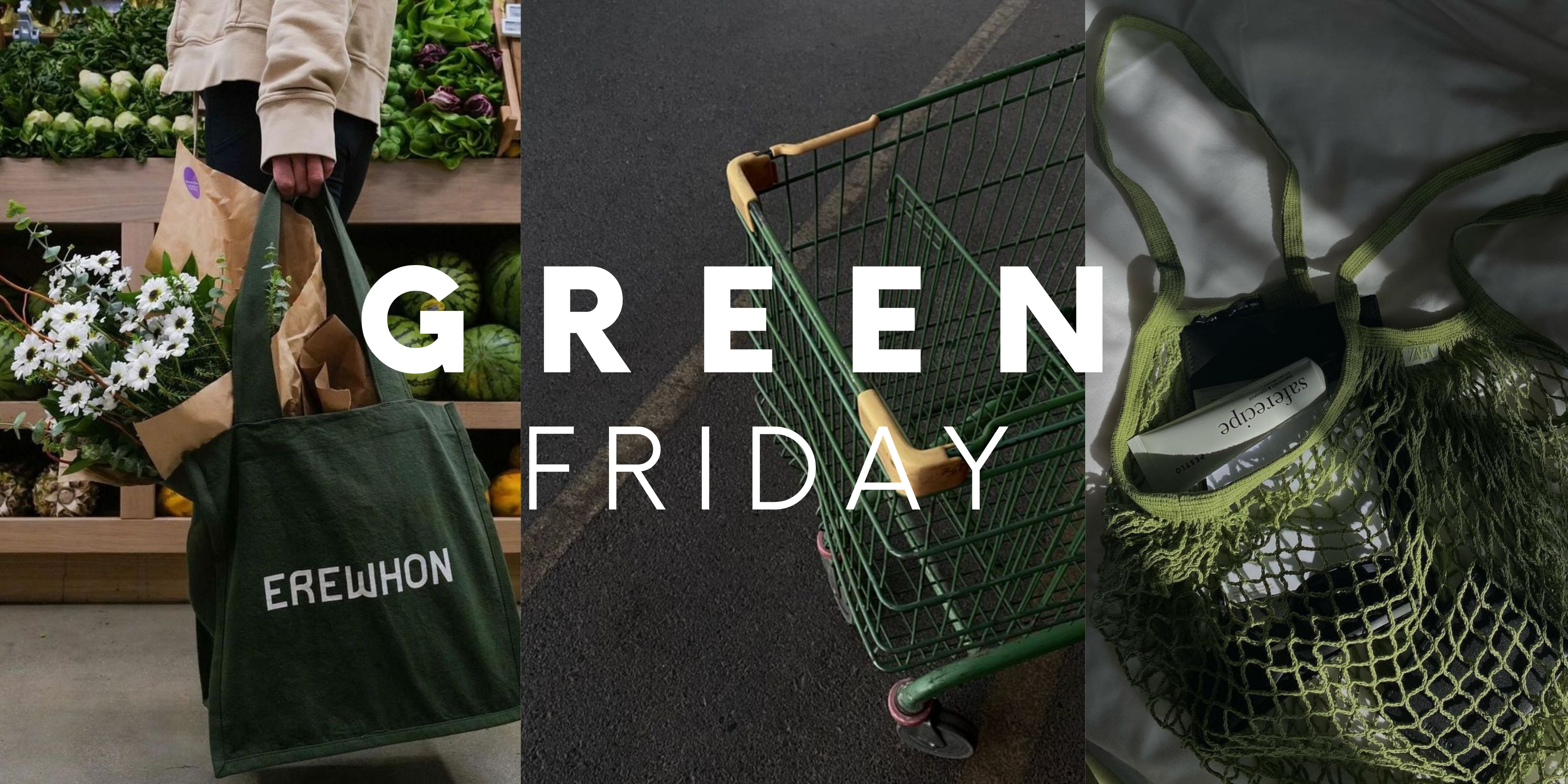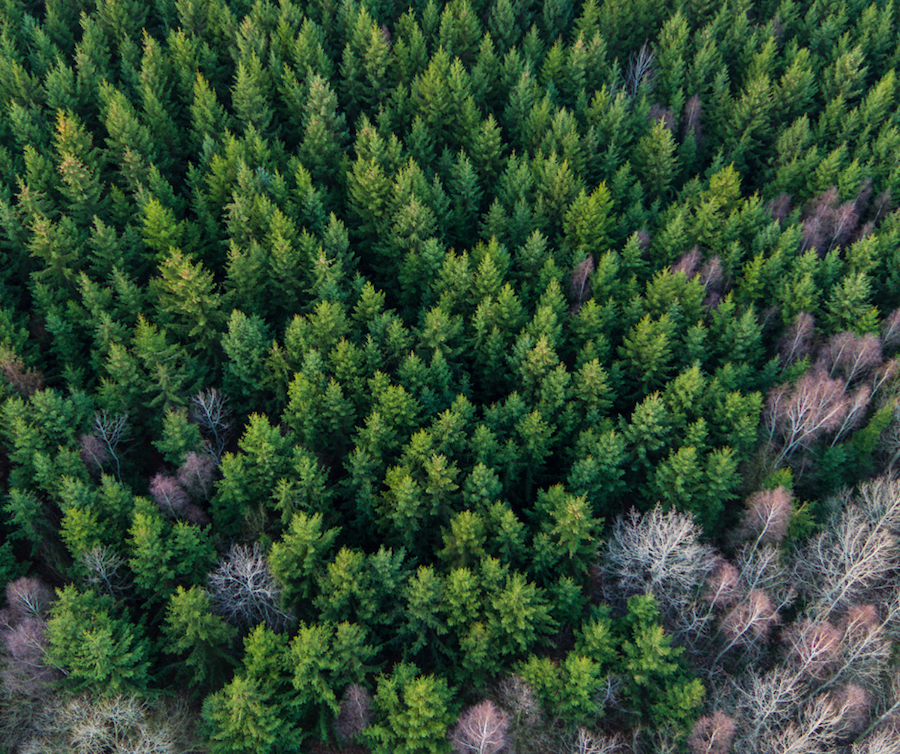Amidst the tragedy of the thousands of fires that swept through the lungs of our earth, the Duzi River Disaster and the injection of toxic Mercury into our air, this past month has made it easy to lose sight of all that is good in our world. As a company built on the pillars of environmental sustainability, we decided to regather our perspectives and focus on events that inspire us and spark up hope – to remind us of all that can be achieved when we stand together and commit to treating our planet better.
There is SO much to celebrate in the past two years alone and we have picked just a few stories to give hope its rightful place.
Starting local: May 23rd 2019 marked the day that South Africa’s Marine Protected Areas (MPAs) increased ocean protection tenfold in a single step! The efforts towards protecting our ocean heritage for future generations add approximately 50 000 km2 to South Africa’s protected area estate in the form of 20 new marine protected areas. Larger than the country of Denmark and more than twice the size of the Kruger National Park, these new MPAs will help fisheries resources recover, help maintain resilience in our ecosystems, combat the pressures of climate change and contribute to food and job security.

Keeping with our oceans: The second largest coral reef in the world was removed from the endangered places list last year after 10 years in the ‘red’. The Belize Barrier Reef Reserve System was placed on the UNESCO World Heritage Center list of “World Heritage in Danger” in 2009 and has made an incredible recovery after profound conservation leadership and safeguarding measures. This historic conservation victory can be attributed to a ban on oil exploration along the entire maritime zone of the country in December 2017, and the strengthening of forestry regulations to provide better protection of mangroves. Consisting of the largest barrier reef in the Northern Hemisphere and home to threatened species such as the green, hawk-billed and loggerhead sea turtles, the revival of this ecosystem could not be more important. The power of collective action among government, UNESCO, IUCN and civil society in their leadership towards conservation gives us great hope for what can be accomplished when we set our minds to it, together.
At the grassroots level: “Every year, 28-billion pounds of plastic ends up in our ocean AND approximately 40 million people in the developing world are in need of prosthetic limbs, yet only five percent have any prosthetic options.” When a couple combined these two problems one evening last year, The Million Waves Project was born, “bring[ing] together two unacceptable global situations and offer[ing] a practical and sustainable solution.” Laura and Chris Moriarity prepare used plastic by cutting it up and feeding it into a paper shredder, before 3D printing prosthetic limbs for people in need around the world. They connect with people over an app and design a prosthetic specifically to their measurements using cheap, recycled materials – making their $45 eco-conscious medical miracles attainable through donations and sponsorships through their charity’s website.

In the corporate world: In a bid for carbon neutrality, the world’s largest maritime shipping company announced that they are ditching fossil fuels - and they are challenging other companies to do the same. Danish-based shipping company Maersk plans to lead the shift towards sustainability by investing in renewable fuel sources and cleaner shipping models. While their efforts towards reducing their carbon footprint have been long-noted, this further emphasis by a global industry leader is exactly what we need in the corporate world to make a lasting difference.
The bigger wildlife: Since the 1950s Zambia has lost nearly 90% of their elephants due to poaching. But when looking at the statistics one cannot help but be thrilled to know that in one of Zambia’s major parks last year, not one elephant lost its life to poachers, and the main elephant region saw poaching fall by half! Programs that focus on community-based solutions and education are to be commended for this incredible trend, and we hope that 2019 statistics will show only more improvement.
And the smaller ones: chubby parrots call to mind something out of a children’s cartoon, yet the devasting hunting of this comical bird native to New Zealand reduced their numbers to just 147 living adults today. This year, however, the kākāpō had a record breaking breeding season with 60 more chicks expected to make it to adulthood – nearly doubling the previous record! Sanctuaries will play a large role in the survival of this species, raising these chicks in predator-free environments and providing optimal care to ensure their future.
I talk about the #conservation of two of the world's rarest and most unusual birds. Come for the weird bird videos and pics; stay for the science! #kakapo #takahe #NZ pic.twitter.com/qVhrRYzMiw
— Dr Andrew Digby (@takapodigs) October 12, 2018
Finally, with the Amazon Fires at the forefront of our minds, we have to celebrate the power of a man with hope – who saw a forest, when what remained was a barren wasteland. Brazilian photographer Sebastião Salgado and his wife, Lélia, committed the past 20 years to a reforestation project which came to be known as Instituto Terra, and as of this year have planted some 4 million saplings since 1998. The before and after photos of the now thriving flora and fauna are spectacular and awe-inspiring to say the least, and in an area that was once bare, now live 172 species of birds, 33 mammal species, 293 species of plants, 15 reptile species, and 15 amphibian species. The thriving, biodiversity-rich zone was recently declared a Private Natural Heritage Reserve and more than 1,502 acres of forest have been restored!

Keeping hope in the possibilities for a healthy earth and sustainable future is a cornerstone in any eco-warrior’s life, and we hope these stories inspire you to keep making small choices for our planet. Together, we can!
You may also like

Black Friday is almost here - stores are getting ready, deals are dropping, and our inboxes are filling up fast. But at Boody we believe November shouldn’t just be about rushing to buy more. It’s a...

When a loved one is diagnosed with breast cancer, it can be hard to know what to do or say. You want to help, but the journey is so personal that it’s natural to feel unsure. The truth is support d...

October is Breast Cancer Awareness Month When you think about breast cancer recovery, what comes to mind first? For many, it’s the treatments, the check-ups, or the support of loved ones. But...







Leave a comment
All comments are moderated before being published.
This site is protected by hCaptcha and the hCaptcha Privacy Policy and Terms of Service apply.